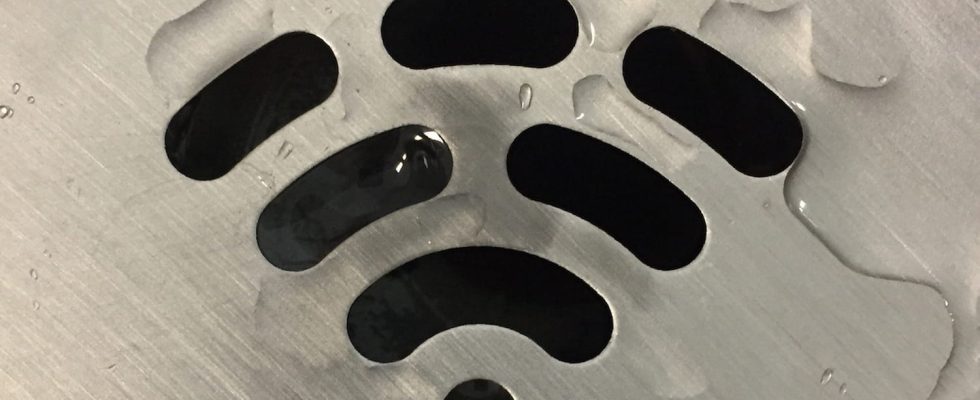Is the connection to your Wi-Fi network slower than usual even though you are the only one using it? What if one of your neighbors had simply managed to connect without your knowledge? Here’s how to find out and, if necessary, put an end to it.
In the city, Wi-Fi networks are plentiful. Between those made available by businesses, hotels and restaurants and those deployed by all individuals for their personal use, they abound. Among all these networks, many of them have little or no security at all and are open to all winds. Very often, users do not change the name of their network or even the password associated by default by the operator. So much so that it is easy to identify the type of Internet box it comes from and, with a little experience, to even know the password required when it comes to an old model. For example, for years, SFR was satisfied with the identifier Admin and password Password to connect to your ADSL boxes. In terms of security, we have seen better.
If you notice that your Wi-Fi Internet connection is a little slower than usual, a little check is in order to find out if one of your friendly neighbors might not be taking advantage of your Internet access. And it is better to be clear about it since this unauthorized access is not without risk not only for your personal data but also with regard to the law. Indeed, access to your Wi-Fi network involves not only a connection to the Internet but also, potentially, to all your devices connected to this network. Computers, tablets, televisions, smartphones, printers, various connected objects… as long as these devices are not effectively protected, your neighbor will not only be able to see them but also, why not, take control of them. Another disadvantage of this fraudulent connection: if the squatter carries out illegal downloads through your Internet subscription, it is you who will be responsible (since it will be your IP address) and will suffer the sanctions. It is therefore better to make sure that no one is stealing your access without your knowledge and, if necessary, take the right measures to prevent this and secure your Wi-Fi network.
How to check if someone is squatting on the Wi-Fi network?
The Internet box is the centerpiece. Except for geeks who have equipped themselves with an external router, it is through it that the Wi-Fi network is deployed. All network connections, current as well as past, are logged there. The best way to detect an intruder is to obtain the list of devices recorded by the box. To do this, you must first access its administration interface. From a computer connected to your network, open a web browser and enter the IP address of your box in the address bar – be careful, not in the Google search box.
Once connected to the interface of your box, you must now find the list of devices which are or have connected to Wi-Fi. Depending on the operator, the names of the menus and sections vary.
- With the boxes Orangego to the section My connected equipment.
- With the boxes SFRgo to the section My local network.
- With the boxes Freego to the section Network devices.
- With the boxes Bouygues Telecomgo to the section Diagram of my network.
The list of all connected devices is displayed. Their name appears in plain text (for example iPhone of XXX or PC XXXX) and is accompanied by a local IP address (for example 192.168.1.50) as well as a MAC address specific to them. Sometimes only the MAC address is displayed and it is difficult to identify the device that corresponds to it. However, you can already verify that all the connected devices are indeed yours.
How to block a Wi-Fi network connection?
Have you spotted a device that you can’t identify on your Wi-Fi network? It may be a squatter taking advantage of your connection. To eject it, if your box does not allow you to delete it immediately (like with Orange for example) two means are at your disposal.
Change Wi-Fi password
The intruder must have obtained the access key to your Wi-Fi network by one means or another. To prevent it from connecting, you can simply change your password from the box settings. Please note, you will subsequently have to enter the new network password on all your own devices. Opt for WPA2 or WPA-AES encryption with a long password mixing numbers, letters, lowercase, uppercase and special characters.
Apply filtering by MAC address
The operation is a little more difficult but saves you from having to change the Wi-Fi network access password on all your connected devices. Internet boxes allow connections to be filtered using MAC addresses. So simply designate all the MAC addresses of your devices on your network as authorized. The MAC addresses of devices not included in this list will not be able to connect to your network.



